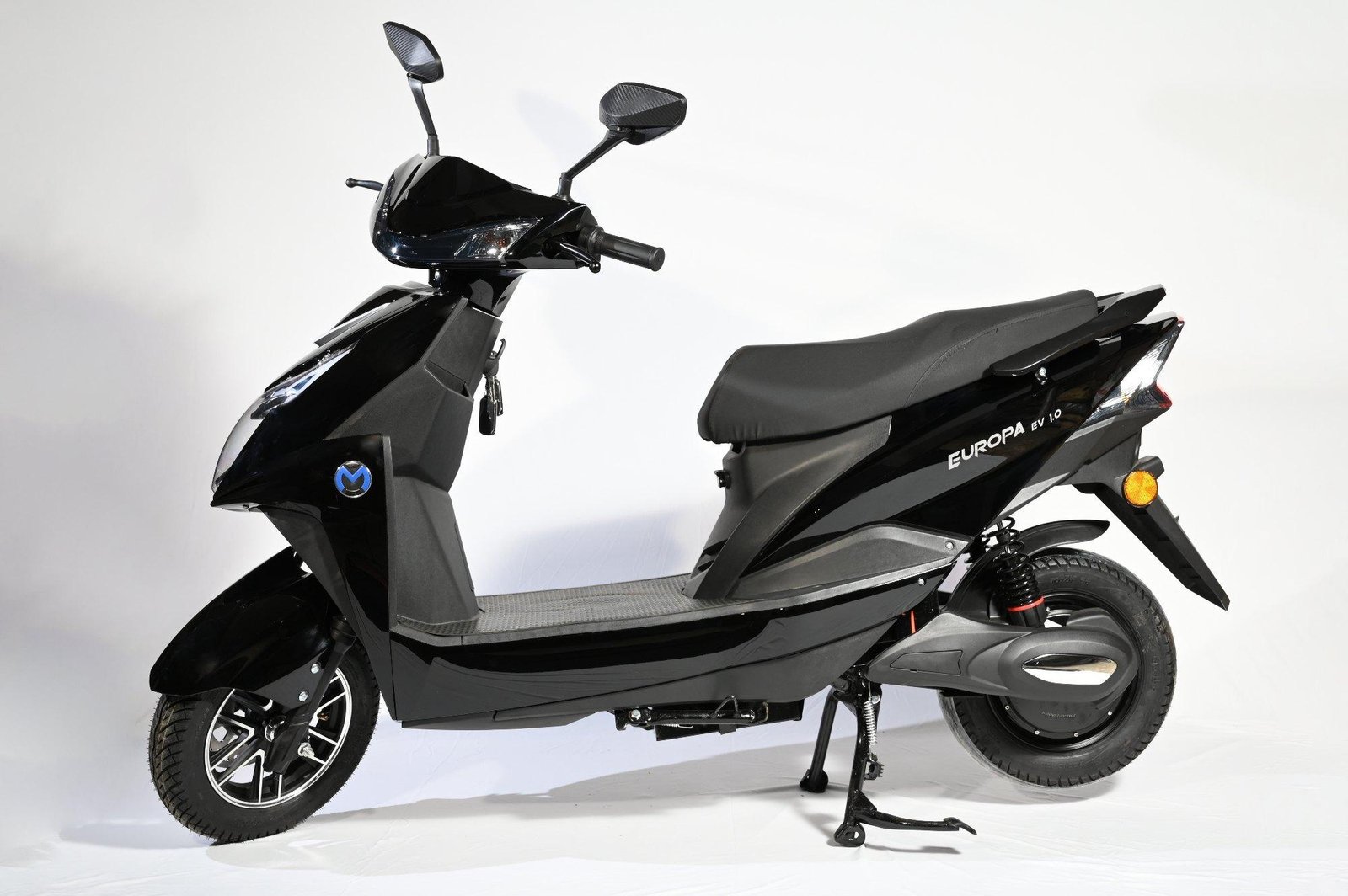Overview
The Europe Electric Scooters Market has witnessed exponential growth in recent years, driven by rising environmental awareness, government initiatives promoting clean mobility, and the surging demand for affordable urban transportation. With urban congestion and carbon emission reduction targets becoming top priorities, electric scooters have emerged as a sustainable alternative to conventional two-wheelers and cars.
As of 2024, the European market for electric scooters is valued at over USD 9 billion, with projections indicating a CAGR of over 15% through 2030. Technological advancements, shared mobility platforms, and supportive regulatory frameworks have significantly contributed to this rapid market expansion.
Market Segmentation
By Product Type
- Retro Electric Scooters
- Standing/Kick Electric Scooters
- Folding Electric Scooters
- Self-Balancing Electric Scooters
Among these, kick and folding scooters dominate in urban micro-mobility and ride-sharing sectors, while retro scooters are popular among private users.
By Battery Type
- Sealed Lead Acid (SLA)
- Lithium-Ion
- Others (NiMH, solid-state, etc.)
Lithium-ion batteries lead the market due to their lightweight, longer range, and faster charging capabilities.
By End User
- Individual Consumers
- Ride-Sharing Operators
- Delivery Services
- Corporate Fleets
Ride-sharing companies such as Tier, Voi, and Lime have fueled demand across urban centers.
Target Demographics
- Urban Commuters (Ages 18–45): Seeking efficient and eco-friendly alternatives to cars.
- Students and Young Professionals: Opting for low-cost, flexible commuting.
- Last-Mile Delivery Workers: Utilizing electric scooters for quick, cost-effective deliveries.
Geographic Segmentation
Though the market is European-focused, individual country trends vary:
- Western Europe: Strong infrastructure and high consumer awareness.
- Eastern Europe: Emerging adoption, growing interest in affordable mobility solutions.
- Nordic Countries: High demand due to environmental consciousness and clean energy incentives.
Key Players
- Voi Technology (Sweden)
- Operates shared electric scooters across major cities.
- Focuses on sustainability and urban partnerships.
- Tier Mobility (Germany)
- A leading micromobility provider.
- Recently expanded into e-bike and moped services.
- Lime (US, with major EU presence)
- Aggressively expanding fleet and charging stations across Europe.
- Known for robust app integration and safety features.
- NIU Technologies (China, with European reach)
- Supplies high-quality, retro-style electric scooters.
- Popular among private buyers.
- Yadea, Segway-Ninebot, and Silence Urban Mobility
- Offering diverse scooter models across European cities.
- Competitive in price, technology, and sustainability.
Regional Analysis
Germany
- Largest market in Europe.
- Supported by strong public infrastructure and government subsidies for EVs.
France
- High e-scooter penetration in cities like Paris.
- Recently implemented stricter safety and parking regulations.
United Kingdom
- Pilot programs in cities like London, Birmingham, and Liverpool.
- Legal frameworks evolving rapidly to accommodate micromobility.
Nordic Countries (Sweden, Norway, Finland)
- High EV adoption rate.
- E-scooters integrated into public transit systems.
Southern Europe (Italy, Spain, Portugal)
- Rising tourism and urban mobility issues driving growth.
- Demand also fueled by delivery services.
Latest Developments (2025 Forecast)
- Battery Innovations: Increased use of solid-state batteries and fast-charging technologies to extend range and efficiency.
- AI and IoT Integration: Smart fleet management, predictive maintenance, and real-time user data for enhanced rider experience.
- Regulatory Overhaul: Expect stricter laws around parking, helmet use, and age limits, especially in high-density urban areas.
- Sustainability Focus: Emphasis on eco-friendly manufacturing, recycling programs, and zero-emission targets.
- Subscription and Leasing Models: Rise of B2B leasing and subscription services catering to students and gig economy workers.
Conclusion
The Europe Electric Scooters Market stands at the intersection of sustainability, innovation, and urbanization. With cities reimagining transportation to combat pollution and congestion, electric scooters are no longer a trend—they're a necessity. As the market matures, future growth will be driven by smart technologies, circular economy practices, and regulatory alignment across countries. The continued collaboration between public and private sectors will be essential in shaping a greener, more efficient mobility future in Europe.
More Related Reports:
Europe Driver Assistance Systems Market
United States Automotive Lead Acid Battery Market
